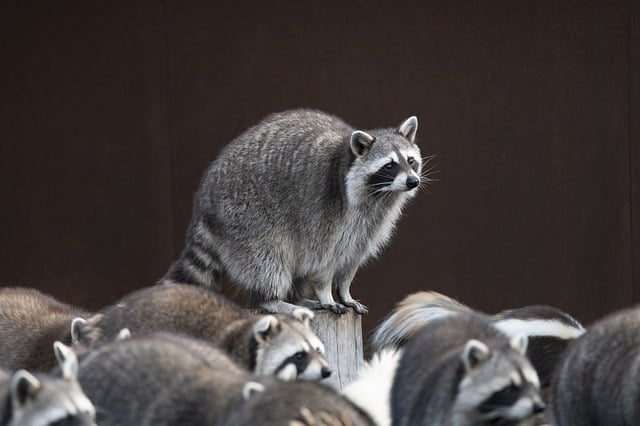
Overview of the Chapter: Natural Vegetation and Wildlife
This chapter explores the diverse natural vegetation and wildlife found in India, their distribution, and the factors influencing them. It also discusses the importance of conserving these natural resources for ecological balance and sustainable development.
Natural Vegetation: Plant life that grows naturally without human intervention and adapts to the climatic and soil conditions of a region.
Wildlife: Animals, birds, and other organisms that live in the wild and are not domesticated by humans.
Types of Natural Vegetation in India
India has a wide variety of natural vegetation due to its diverse climate and topography. The major types include:
- Tropical Evergreen Forests
- Tropical Deciduous Forests
- Thorn Forests and Scrubs
- Montane Forests
- Mangrove Forests
Factors Affecting Natural Vegetation
The distribution of natural vegetation depends on several factors:
- Climate: Temperature and rainfall influence the type of vegetation.
- Soil: Different soils support different plant species.
- Relief: Altitude and slope affect vegetation patterns.
Wildlife in India
India is home to a rich variety of wildlife, including tigers, elephants, rhinoceroses, and numerous bird species. The country has established national parks, wildlife sanctuaries, and biosphere reserves to protect these species.
Conservation of Natural Vegetation and Wildlife
Conservation efforts are essential to maintain biodiversity. Some measures include:
- Establishing protected areas like national parks and sanctuaries.
- Implementing laws to prevent hunting and deforestation.
- Promoting awareness about the importance of conservation.
Conclusion
Natural vegetation and wildlife are vital for ecological balance and human survival. Understanding their distribution and conservation helps in sustainable development and preserving biodiversity for future generations.
